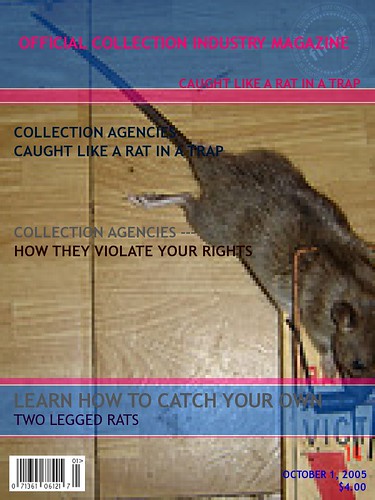Cybersmear How it works and how to identify it
How Cybersmearers Amplify Their Message **
The perpetrators of Cybersmear (or what is referred to as Internet Terrorism), are prone to predictable patterns. Most common among these is the strategy of amplifying a complaint or several accusations in an attempt to lend credibility. This is done largely through what we call “proliferation and amplification.”
The goal of an Internet Terrorist is to inflict harm on the target company or individual. This is done through what must seem to be credible information that also must appear to be large and prevalent.
Here are the consistent tactics of Cybersmearers on-line:
• Anonymous postings on scattered “chat rooms” and/or bulletin boards.
• Look for postings chronicling the “injustices” of the accused company in what appears to be detailed “bashing” or techno-discussion. Look for (amateur, unlicensed) interpretation and conclusions.
. Look for information or quotes taken out of context from the accused, or represented in very small segments as to be presented in a more misleading manner.
• With very few exceptions these basher will claim a concern for “innocent victims” or the “unsuspecting customer”.
• With few exceptions these bashers will claim a “neutral” stance, but will solicit either comments or emails which will predominate in the direction of the Smear (this is key to identifying a smear. True neutral discussions open to the public generally occur with both positive and negative viewpoints equally represented. If the balance is tilted too far in one direction, it is the fingerprint of a smear, and the posted comments can safely be considered false).
• It is common for all of the comments to be anonymously posted by the perpetrator(s) to create the sense of “unified outrage” or “a virtual stampede of individuals who agree” or “surprising public outrage” (all actual quotes).
• Further, perpetrators will anonymously post slightly varying opinions (all in the direction of the smear, of course), so a “discussion” can occur on finer points of the smear, all the while creating the impression of a larger complaint field.
• Among what is usually a small circle of smear perpetrators (generally ten or less individuals behind the largest and most famous smears), automatic posting notifications are sent out whenever one individual places new content on the Internet. This allows the others to rush to the scene with their anonymous postings, again, providing amplification and a false impression of the scope of the complaint.
• The band of smear perpetrators will carefully interlink their sites (to a controlled result, over linking is punished by search engines) so that their websites receive high ranking in search result pages.
• Key words, many times the company or personal name of the accused, will be used in the bashing of titles, body of text, and Meta tags so that someone searching for the accused will automatically find the Cybersmear websites. In this way, the smear is made known to those searching for the accused company or individual.
• The smearer’s strategy is to accomplish the following in the mind of the reader: “I didn’t realize all of this about (company or person). I wouldn’t normally believe it, but there is so much of it on the Internet. If it’s that prevalent, it must have some truth to it.”
Cybersmear perpetrators have simply followed the historical basis of telling lies successfully and applied it to the Internet.
Adolph Hitler said, “The longer you tell a lie, the more people will believe it.”
Our Cybersmear enemies know this strategy well, and they will use the above tactics of “amplification and proliferation” to achieve it.
creditwrench-thetruth.com
Now everybody can see what is going on and know that there is no credibility to it at all, only a cybersmear by a cyber criminal.












